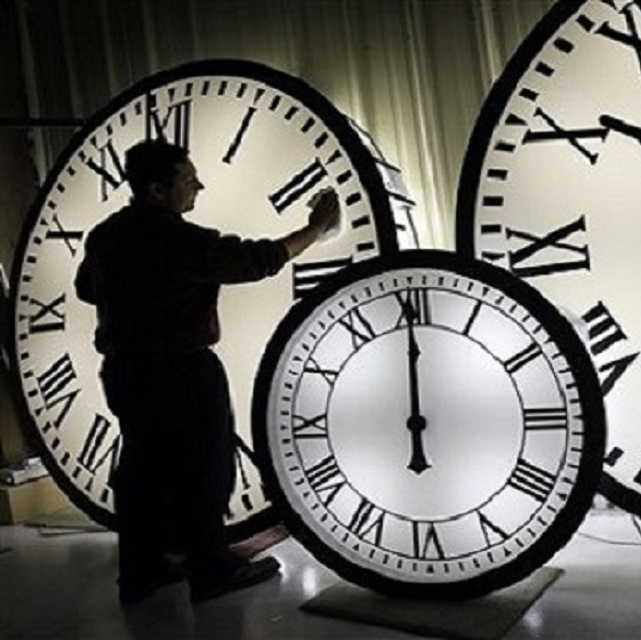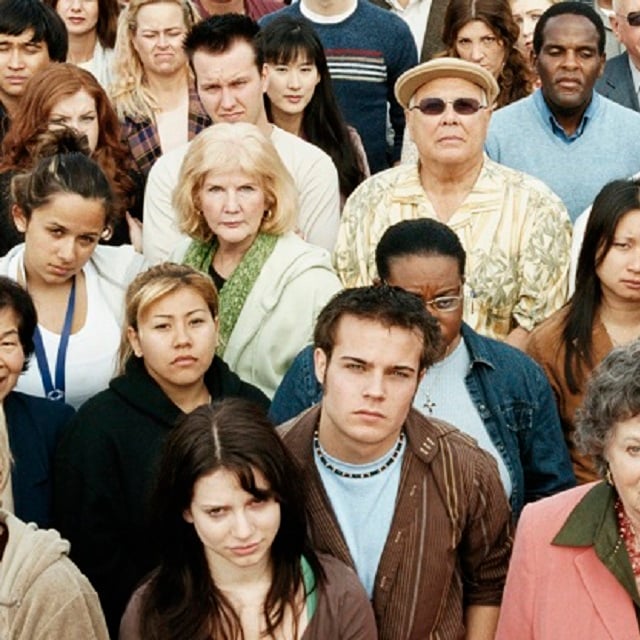
5 Worst States for Working-Age People's COVID-19 Hospitalizations
Executives from Centene — a health insurer that now pays for care for about 26 million Americans — said earlier this week that they think a deadly surge of COVID-19 cases hit hard and fast in August, but that the number of new cases is now falling rapidly. Federal government hospitalization figures show that a lot fewer working-age people are going into the hospital with COVID-19 than in August or September, but that the situation is still worse than in August in some states. For life insurance professionals, the numbers mean that life insurance companies are now sounding less certain than ever about what will happen to COVID-19 life insurance and disability claims over the next few months.
The New Numbers
A White House COVID-19 team working group reports state COVID-19 hospitalization counts by age group in the daily COVID-19 Community Profile Report spreadsheets. The total number of people ages 18 through 59 who were hospitalized with confirmed cases of the virus that causes COVID-19 fell to 15,251 in the week ending Oct. 26, which was the last Tuesday in October. That number is down from 17,488 in the week ending Oct. 19; down from 26,178 in the week ending on the last Tuesday in September; and down from 40,657 in the week ending on the last Tuesday in August, as the COVID-19 delta variant was filling hospital intensive care units throughout the country. The Oct. 26 numbers are less complete than the numbers for the week ending Oct. 19, but they appear to support the idea that the intensity of the pandemic for working-age people is decreasing. People who die from COVID-19 tend to linger on ventilators in hospital ICUs for several weeks before they die. The decrease in the reported number of working-age people entering hospitals with COVID-19 suggests that COVID-19 mortality could be much lower this month and in November than it has been in the past two month. Executives from Globe Life warned when that company reported earnings for the third quarter, which ended Sept. 30, that COVID-19 affected claims much more than they had expected. The increase in life claims had only a modest effect on Globe Life's results: It reported $189 million in net income on $1.3 billion in revenue. But the new COVID-19 surge had a devastating effect on the affected insureds and their families. One sign that COVID-19 could flare once again is that 14 states reported having more working-age people entering the hospital with COVID-19 in the week ending Oct. 19 than in the week ending on the last Tuesday in September. That's a sign working-age mortality could increase in those states in the coming weeks.
Data
A chart with COVID-19 hospitalization counts for all 50 states is available below. The numbers for Oct. 19 are much more complete than the numbers for Oct. 26. For a look at the five states where the absolute number of working-age people reported to be hospitalized with COVID-19 increased the most between Aug. 23 and Oct. 19, see the slideshow above.
Which Numbers to Track
One question is what's really happening to the number of working-age adults going into hospitals with new, confirmed cases of COVID-19. Most Americans with life insurance and related products are people ages 18 through 65 who are trying to protect families against the loss of a breadwinner's wages. State health agencies and federal COVID-19 pandemic watchers track the number of new COVID-19 cases, but, now that testing is widely available, and many people have to get tested to go to work or school, the new case counts may have more to do with the number of people tested than with changes in the number of people at risk of dying from COVID-19. The number of people hospitalized with COVID-19 may make a much better indicator of what will happen to pandemic-related mortality in the near term. Pandemic-related mortality can include deaths from a wide range of causes, not just from COVID-19, because severe COVID-19 hospitalization surges lead to disruptions in health care resources that affect all patients.
Hospital Admissions of People Ages 18 through 59 With Confirmed Cases of COVID-19
| Week Ending | ||||
|---|---|---|---|---|
| Oct. 26 | Oct. 19 | Sept. 27 | Aug. 23 | |
| Alabama | 118 | 238 | 518 | 1,472 |
| Alaska | 74 | 84 | 84 | 55 |
| Arizona | 533 | 569 | 615 | 701 |
| Arkansas | 132 | 155 | 286 | 538 |
| California | 1,294 | 1,306 | 1,878 | 3,840 |
| Colorado | 556 | 528 | 387 | 452 |
| Connecticut | 69 | 93 | 92 | 159 |
| Delaware | 48 | 76 | 92 | 75 |
| District of Columbia | 18 | 32 | 42 | 58 |
| Florida | 773 | 906 | 2,067 | 6,966 |
| Georgia | 385 | 511 | 1,119 | 2,436 |
| Hawaii | 16 | 20 | 61 | 189 |
| Idaho | 146 | 144 | 205 | 136 |
| Illinois | 365 | 447 | 604 | 876 |
| Indiana | 388 | 485 | 735 | 758 |
| Iowa | 185 | 210 | 313 | 220 |
| Kansas | 153 | 164 | 238 | 339 |
| Kentucky | 387 | 618 | 1,063 | 1,031 |
| Louisiana | 113 | 112 | 282 | 1,167 |
| Maine | 50 | 49 | 56 | 43 |
| Maryland | 210 | 247 | 348 | 350 |
| Massachusetts | 163 | 172 | 225 | 260 |
| Michigan | 709 | 683 | 615 | 411 |
| Minnesota | 292 | 320 | 261 | 233 |
| Mississippi | 66 | 75 | 146 | 632 |
| Missouri | 233 | 290 | 454 | 810 |
| Montana | 257 | 232 | 288 | 146 |
| Nebraska | 108 | 116 | 152 | 114 |
| Nevada | 206 | 217 | 280 | 512 |
| New Hampshire | 68 | 63 | 56 | 57 |
| New Jersey | 224 | 270 | 363 | 444 |
| New Mexico | 232 | 178 | 146 | 233 |
| New York | 644 | 812 | 829 | 926 |
| North Carolina | 381 | 552 | 1,013 | 1,075 |
| North Dakota | 88 | 92 | 88 | 44 |
| Ohio | 943 | 1,196 | 1,463 | 900 |
| Oklahoma | 249 | 301 | 657 | 964 |
| Oregon | 142 | 153 | 210 | 327 |
| Pennsylvania | 753 | 868 | 891 | 547 |
| Rhode Island | 21 | 24 | 39 | 41 |
| South Carolina | 216 | 259 | 612 | 1,001 |
| South Dakota | 52 | 60 | 75 | 69 |
| Tennessee | 250 | 320 | 666 | 988 |
| Texas | 1,432 | 1,574 | 3,354 | 6,098 |
| Utah | 266 | 252 | 265 | 262 |
| Vermont | 20 | 17 | 20 | 13 |
| Virginia | 313 | 405 | 603 | 509 |
| Washington | 268 | 301 | 395 | 502 |
| West Virginia | 185 | 212 | 346 | 198 |
| Wisconsin | 340 | 395 | 497 | 376 |
| Wyoming | 117 | 85 | 84 | 104 |
| TOTAL | 15,251 | 17,488 | 26,178 | 40,657 |
© 2024 ALM Global, LLC, All Rights Reserved. Request academic re-use from www.copyright.com. All other uses, submit a request to [email protected]. For more information visit Asset & Logo Licensing.









